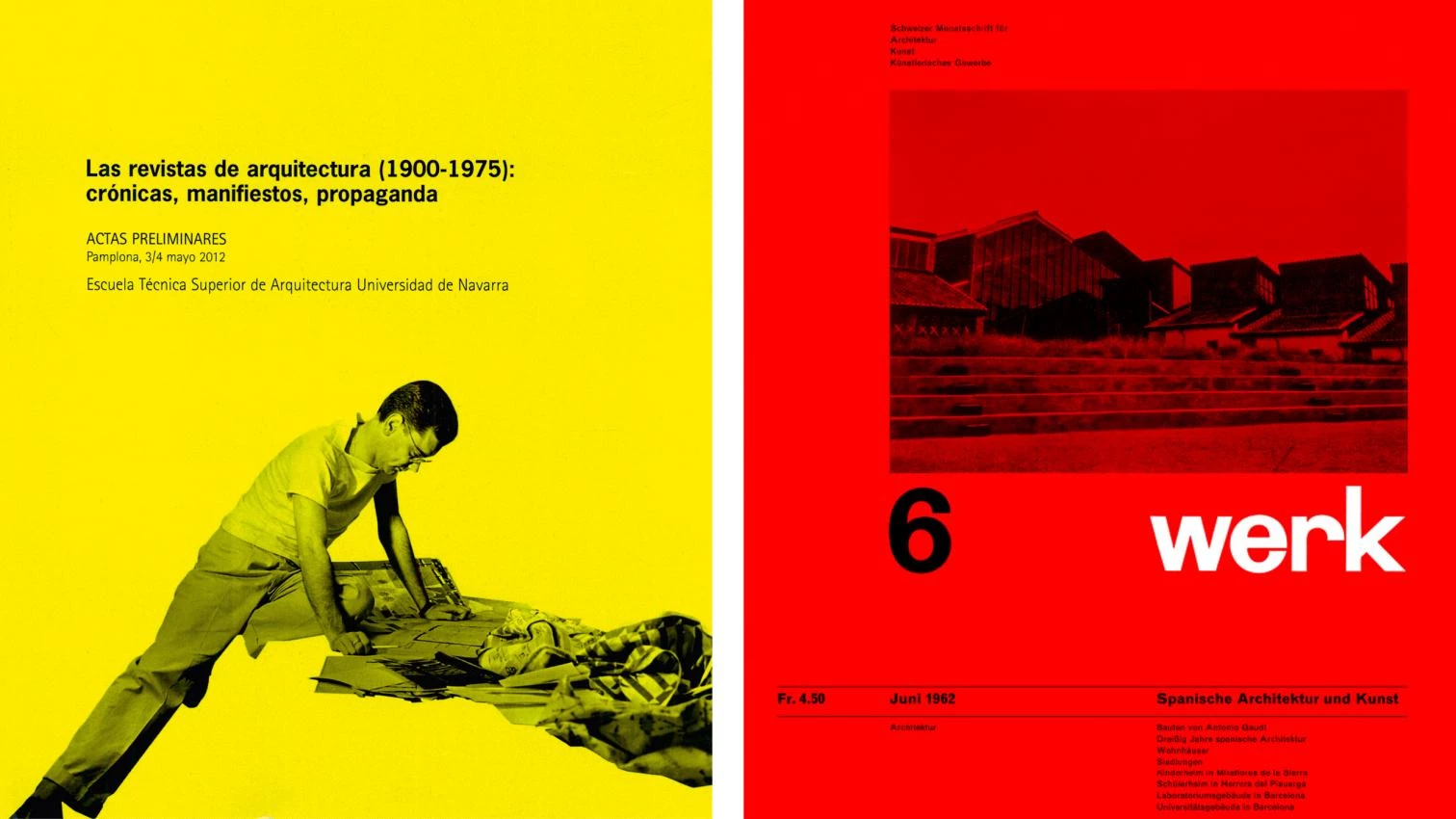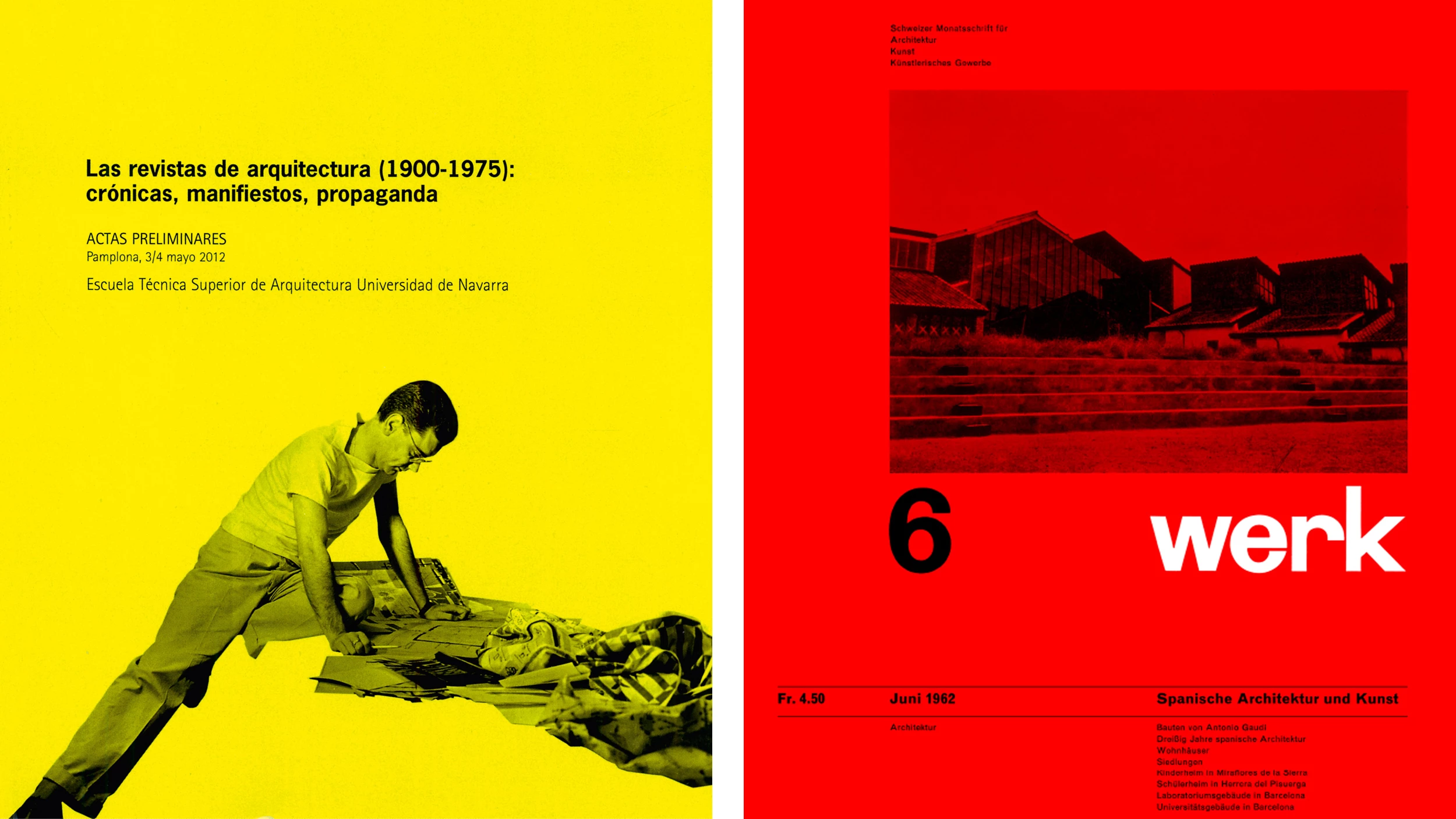
There was a time when, when talking about journals, nobody considered whether they were indexed or not; they were simply known for their prestige and the quality of their contents. In fact, the days when periodicals were valued, rather than as a measure of the 'frontier of knowledge', as splendid and rapid vehicles for the dissemination of the most advanced architecture are still close at hand.
For many years, magazines were the most effective means of transmitting information and, to a large extent, the architects of the widespread acceptance of the Modern Movement. In this sense, most studies use them as a documentary source. However, the opportunities in which they are considered as the object of the research itself are rather 'scarce'.
The convening by the University of Navarra of a congress expressly dedicated to architectural magazines led us to believe that, this time, relatively global studies and research would be addressed in which to reflect - as the meeting's announcement proposed - "on the role that magazines played in the years of genesis of modern Spanish architecture". Unfortunately, the 'imposing' volume of the preliminary proceedings does not shed much light on the subject, and all this despite the massive response to the call for papers was a resounding success.
Thus, a large majority of the communications have been devoted to the study of a single journal, the figure of a single architect or a specific subject, using or relating these aspects to the information published. Fewer are those that deal with national visions of incoming or outgoing information; only six of them go beyond the borders of the countries and only two authors attempt to make quantitative analyses of the contents of the journals. In short, what is lacking is a presentation of the general panorama of the dissemination of modern architecture, if not at world level, at least of that which took place in Spain and from Spain through specialized publications.
However, among the papers it is worth mentioning that of José Manuel Pozo, which ends up becoming the true axis of the congress due to the unpublished documentation he handles. In fact, the subject he deals with is well known among scholars: the publication in 1962 of a monographic issue of the Swiss magazine Werk devoted to contemporary Spanish architecture. What is not so well known are the circumstances in which the whole process took place, something to which Pozo has had access thanks to his contact with César Ortiz-Echagüe, the architect who coordinated from Spain the elaboration of the issue, who has provided him not only with his papers, but also with his fantastic memory.
And with all this, a facsimile of Werk 6/62 has been reissued which, together with the contributions of Pozo and Ortiz-Echagüe, forms a new and interesting document that explains at a glance the value that periodicals acquired as a stimulus for the progress of architecture, particularly that which was made in Spain in the decades after the end of the Civil War.
Because there was a time when magazines even built architecture itself.







